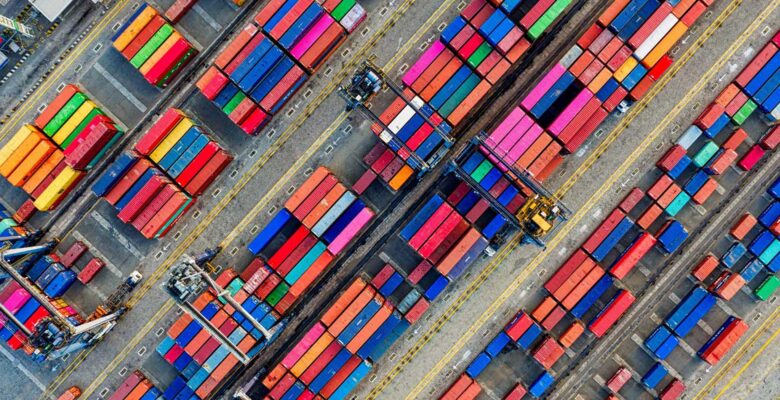
Empty container threat to supply chains
When bottlenecks and disruption finally ease and global supply chains finally start to return to some form of normality, which many hope to see in the second half of the year, the transition may result in yet another problem – a large pile of empty containers, which need to be repositioned, but cannot be simply handled as part of the normal flows.
The problem in the supply chain is therefore not the global demand, but the highly skewed nature of the growth where we have seen super strong growth of imports from Asia to North America and strong growth to Europe, but either slow growth or outright declines on other trades.
In 2021, overall demand was equivalent to loading (and shipping) 6 TEU every second throughout the year, but disruptions and bottlenecks in the supply chain during the pandemic have led to vessels being delayed for extended periods, which effectively reduces the amount of capacity in the market and increased the need for additional container capacity to be introduced.
Despite the introduction of millions of new and diverted containers, the gap between effective demand and available supply has been over 15% in the past year, which highlights the continuing challenge we face in positioning equipment in many origins.
Analysts Sea-Intelligence has forecast the impact of empty container repatriation on the trans-Pacific trade, where from July 2022 to February 2023, there will be 30% more containers returned to depots in the USA than there is vessel capacity able to move them back to Asia.
Based on their model, the shortening of the supply chain will lead to a pile of 3.5 million TEU of containers which cannot be expatriated, with the potential of overwhelming the empty container depots in the US.
This pile is created within a period of 10 months, and would require that the carriers operate with 82,000 TEU of empty slots on the head haul for 10 months.
In reality, this means that an entirely predictable ripple effect from the pandemic, will be a significant problem with empty containers in the USA reaching far into 2023.
Carriers and container leasing companies need to start planning for this development, or the resolution of operational bottleneck problems will create a ripple effect, with the potential of overwhelming container depots in the US and Europe.
